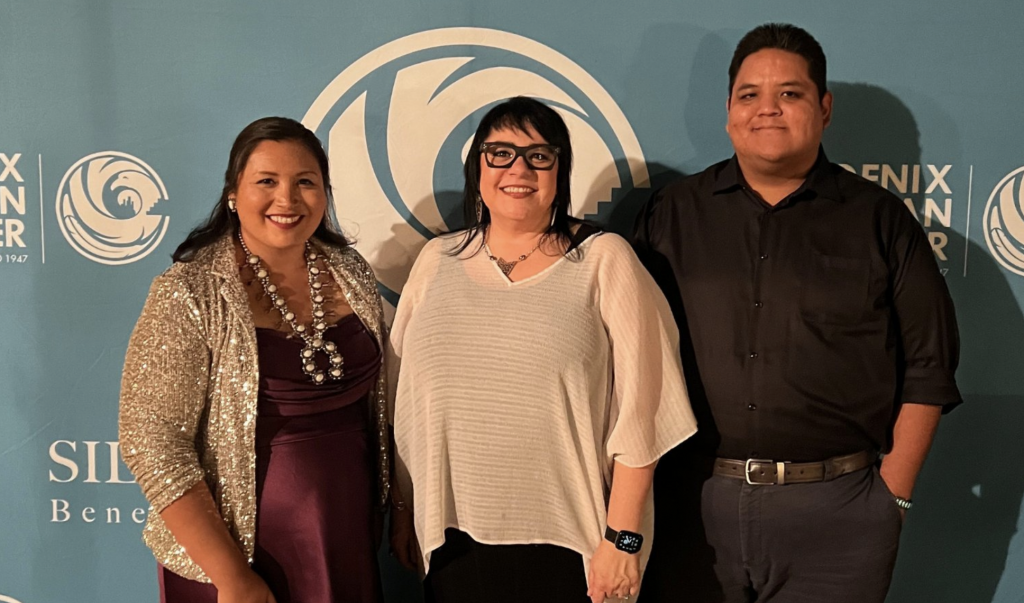
For Native American Heritage Month, NDIA is featuring digital inclusion work on Tribal lands. Special thanks to the American Indian Policy Institute for sharing their insight into this work. Photo: Courtesy of AIPI
By Beth Santistevan, American Indian Policy Institute policy and communications program coordinator, and Yvette Scorse, NDIA communications director
As we are steadily becoming used to the pandemic “new normal,” there are many critical facets which are necessary to our new way of life. One of those is having access to broadband.
Yet, in 2019, the American Indian Policy Institute (AIPI) found that 18 percent of tribal reservation residents have no internet access, while 33 percent rely on smartphones for internet access. That’s why the issue of digital equity has become one of AIPI’s key focus areas.
AIPI has been leading the discourse on Tribally-driven, informed policy making, with expertise and focus mainly on broadband technology and digital equity. The group does this by translating research and policy into applied knowledge, creating partnerships between academia and Indian Country, serving communities via capacity building, and embedding themselves in communities to drive change. AIPI provides Tribal broadband resources online as well.
Digital equity in Tribes during COVID-19 has also become a media focus. Just this year, Dr. Traci Morris, AIPI executive director, and the rest of the team have been featured more than a dozen times on radio and in print news regarding Tribal broadband.
Most recently, Morris has been a guest on Marketplace Morning Report in reference to the FCC’s E-Rate program affecting Tribal libraries. Morris also shared a spot on the NPR Morning Edition with Cherokee Nation Chief Chuck Hoskin Jr., where they reiterated the need for a swift passing of the infrastructure bill. \
The most notable Tribal funding right now is the Tribal Broadband Connectivity Program, which was appropriated $980 million in the Consolidations Appropriations Act (CAA). The recently passed Infrastructure Investment and Jobs Act (IIJA) adds $2 billion to this. The IIJA also extends what we know as the Emergency Broadband Benefit, creating the Affordable Connectivity Program, which will provide Tribal residents with $75 per month toward internet service.
“This funding is just a drop in the bucket for infrastructure that could have literally saved lives during the pandemic. But it is a down payment the Federal Government needs to meet the Federal Trust obligation, and it signals a new beginning for internet access in Indian Country,” said Morris.
NDIA echos that sentiment – while this is the largest investment yet in digital equity, we should view it as a down payment on long-term solutions.
